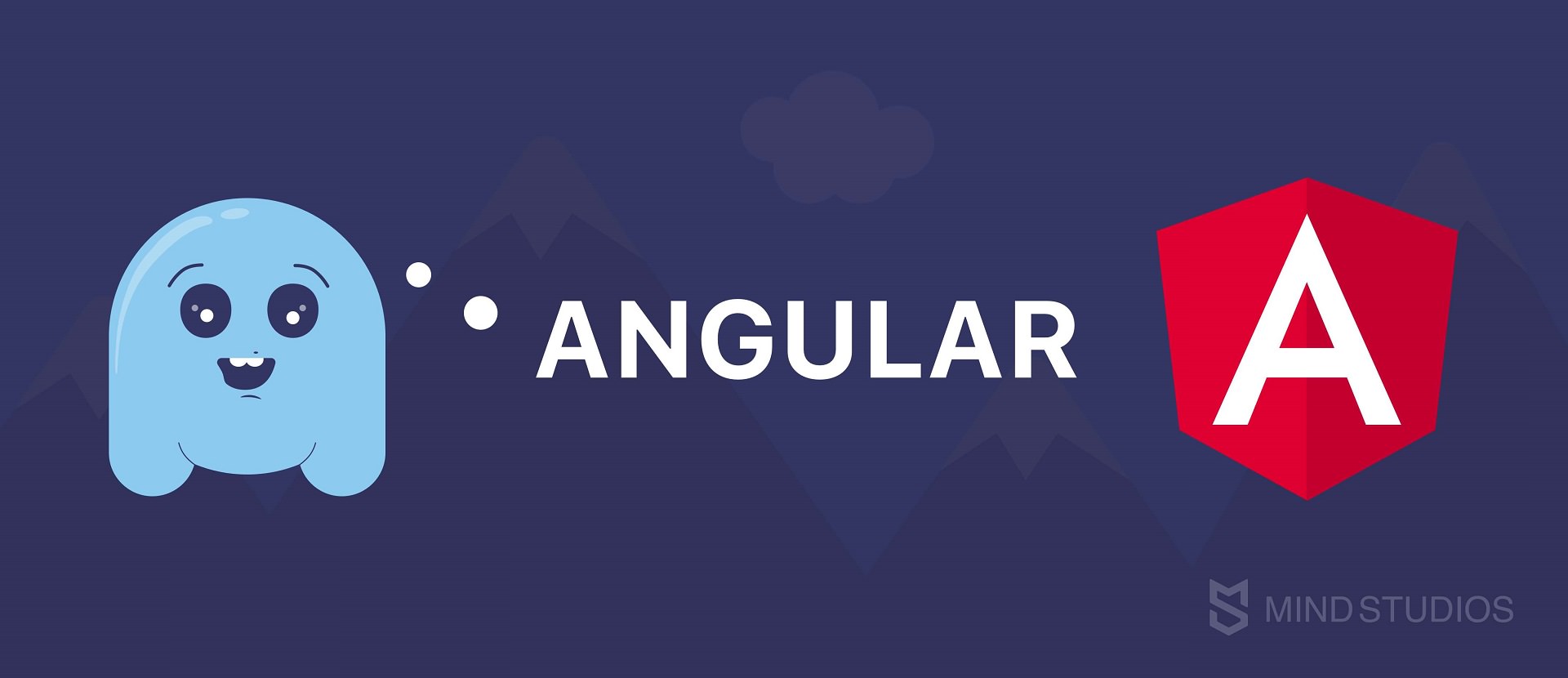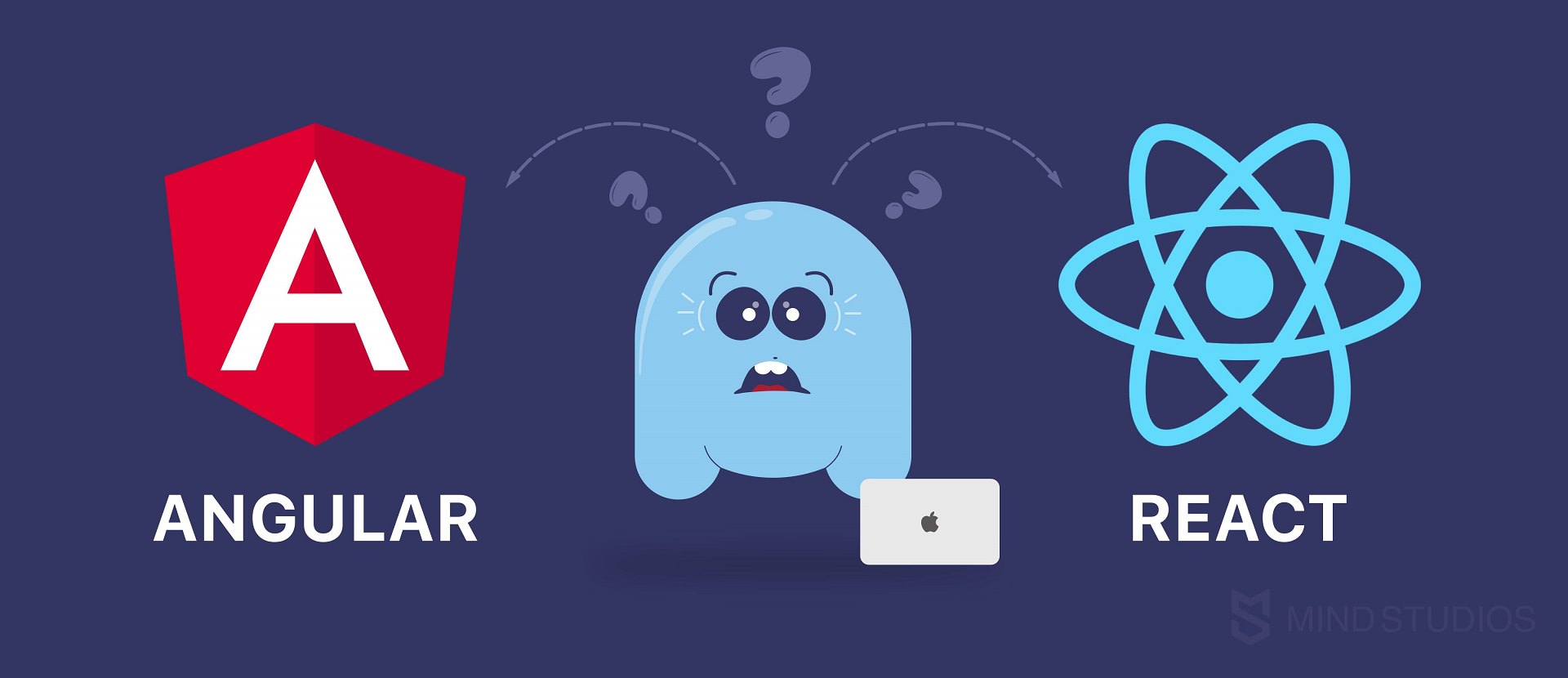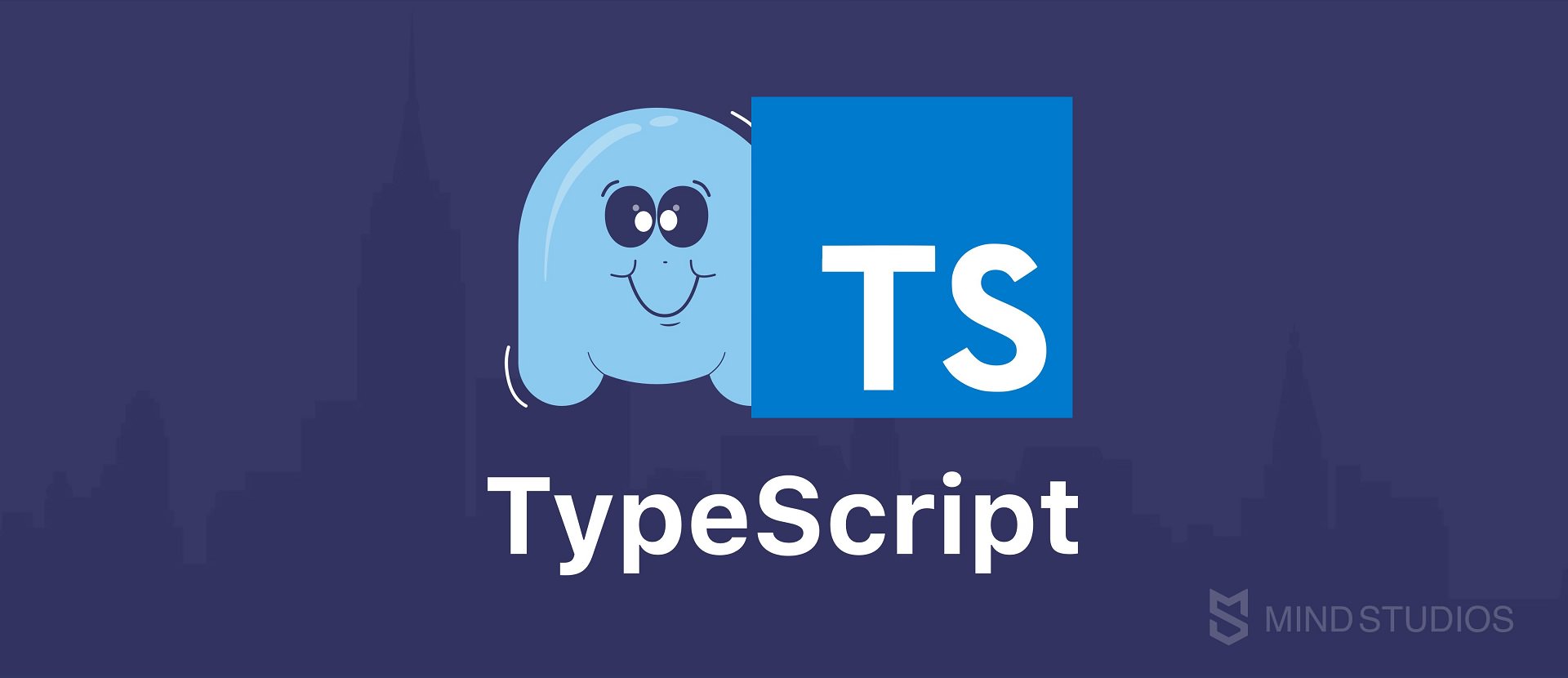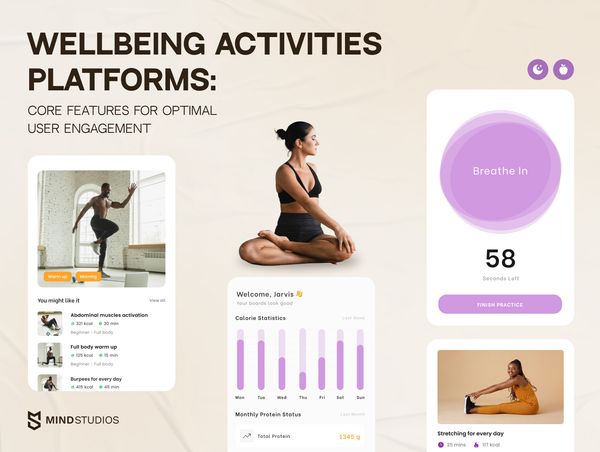
Here we examine the 3 most popular frameworks and libraries that are currently presented by the giants like Google and Facebook - the differences they have, the React vs Polymer or Angular confrontation, and the options they are good for - basically overviewing the advantages of using Polymer vs Angular / React.
Contents:
Please note that all the conclusions are not ultimative and are made out of Mind Studios expertise.
When you think of software development, choosing the right technology is one of the most urgent matters to resolve. If parallels to be drawn, this is like choosing the color of the walls in your future house - the way you feel in this house is going to depend on it.
Therefore, just as you choose language for writing your mobile application, you as well pick out (for instance) a JavaScript framework for your web application - and this can be totally unbearable, driving you completely mad and all the pleasant things related. Nowadays we have a few frameworks that are pretty popular with crowds - Angular and React,the minor developers’ part sticks to Polymer, and there also is a new one Vue that getting loads of attention recently; the contrasting of Polymer vs React and Polymer vs Angular 2 is going to be carefully examined here.
Let’s examine each of them briefly.
Angular.

As stated on their official website, “Angular is a structural framework for dynamic web apps. It lets you use HTML as your template language and lets you extend HTML's syntax to express your application's components clearly and succinctly. Angular's data binding and dependency injection eliminate much of the code you would otherwise have to write. And it all happens within the browser, making it an ideal partner with any server technology.”
As Angular 2+, originally developed in 2009, now is maintained by Google, which is why it has a set number of libraries to work with forms and form processing.
Angular has a number of benefits it bribes developers with, for instance:
Is widely used for SPA (single page application) creation
Allows to create a “reactive web page” where HTML doesn’t re-upload
Is easier to develop & maintain afterwards
Ready-made architecture
Large international community
React

As a Javascript library, React is mainly aimed at building interfaces and stands on 4 core parts: simple component, stateful component and an application + the component that stands on external plugins.
Main advantages of React are pretty much similar to Angular, with a noticeable difference though:
Is also widely used for SPA (single page application) creation
Same, allows to create a “reactive web page” where HTML doesn’t re-upload
Is easier to develop & maintain afterwards
...As well has a large international community
BUT: has an extremely lightweight structure, which makes React native a perfect match for interactive views.
There also is a different JS framework, also covered by Facebook Inc and used for mobile app developement - React Native. Read in our article React Native vs Native App Development when and how it can be used.
Polymer

As Wiki states, Polymer web components is an open-source JavaScript library, and is most-commonly used for building web applications, using Web Components. (for those who know what are Web Components, scroll lower)
Web Components is an independent block that consists out of forms, HTML tags, HTML templates, HTML imports and that can be reused throughout the whole project.
[Source: Developer Mozilla]
In web components Polymer the concepts of Shadow DOM are not used for web properties building. It also could be compatible with only a few browsers - Google Chrome and, in the most recent version 2.o compatibility with Safari browser was added. Regular HTML is also used for architecture projecting in Polymer performance..
Overall, all of this frameworks serve a certain web development purpose, and each of them is a good fit for a certain project type. They are not alike though - and we have tried to highlight the main differences they have between one another.
Polymer vs Angular
When looking at these 2 popular frameworks, there are a few differences that meets the eye:
- Polymer has a huge library of ready-made solutions, where developers can pick out an applicable element and implement it on a project.
On the contrary, Angular doesn’t have such a huge one; there is though a standard library set for web forms creation and processing. - In Polymer, components are fully described in one HTML file. In the case of Angular, components could be split into several files:
JS components
CSS files
HTML template
File with components’ dependencies (for those additionally used on the page)
- Angular is more structured and more elaborate; while Angular is split into models, Polymer has a 1-file-flow.
- There are Services in Agular - that allow to bring a general function number, and this, respectively, reduces the total amount of code to write. In Polymer you need to describe all requests, for each component separately.
However, HTTP-requests are made simple in Polymer; in Angular you need to describe HTTP-function in full, while there is an already-made Polymer-element.
The second round of comparison includes a comparison between two immensely popular React and Angular tools.
React vs Angular

- Angular provides a complete project structure out of the box. In React you may choose the way to structure your file with.
- There is TypeScript in Angular - a typed super set of JavaScript which has been built and maintained by Microsoft and chosen by the AngularJS team for development.
the large projects TypeScript helps to explore the situation faster - as you see what functions gives or takes, and there is no need to dig into the source code. With React it is completely JavaScript-based, you can only have a JS.x template.
- In order to convert HTML just on the spot they use a certain syntax, and as it is a bit contrasting to Java Script, you’ll need to study it first. When implementing React, you only need to know the regular “if...then...else” Java Script syntax which reduces the complexity.
- In React you need to choose HTML-requests wisely, whereas Angular’s HTTP client works perfectly well out of the box, leaving all the third party integrations aside.
- React’s ecosystem is immensely vast, and as well full of already-built solutions. I am not trying to say Angular’s system is tiny - it just has less ready-made examples and more of “do yourself” code writing. A bigger ecosystem also results in a better SEO - visibility, which React-using developers can enjoy.
Why you should use React?
One of the cases: if you are enthusiastic and are looking to implement a simple & quick solution.
When should you go for Angular2+?
Best case scenario: you’re a team member and together with your team are working on a large project. Here you better go with Angular, as it’s technical support is a bit more convenient..
The Choice Is Yours.
There is no ultimate answer to the question that crops up in 2019 - which framework and web Components comparison to choose - there will always be specific cases where one or another works better. After all, we tried to list competitive advantages and unfavorable circumstances of a Polymer vs Angular vs React comparison to make the paradox of choice easier for you as a frontend developer.
We hope this was of service - and if you need more info, please get in touch and let us help you.
Written by Artem Chervichnik, Alex Kirsanov and Elina Bessarabova.








